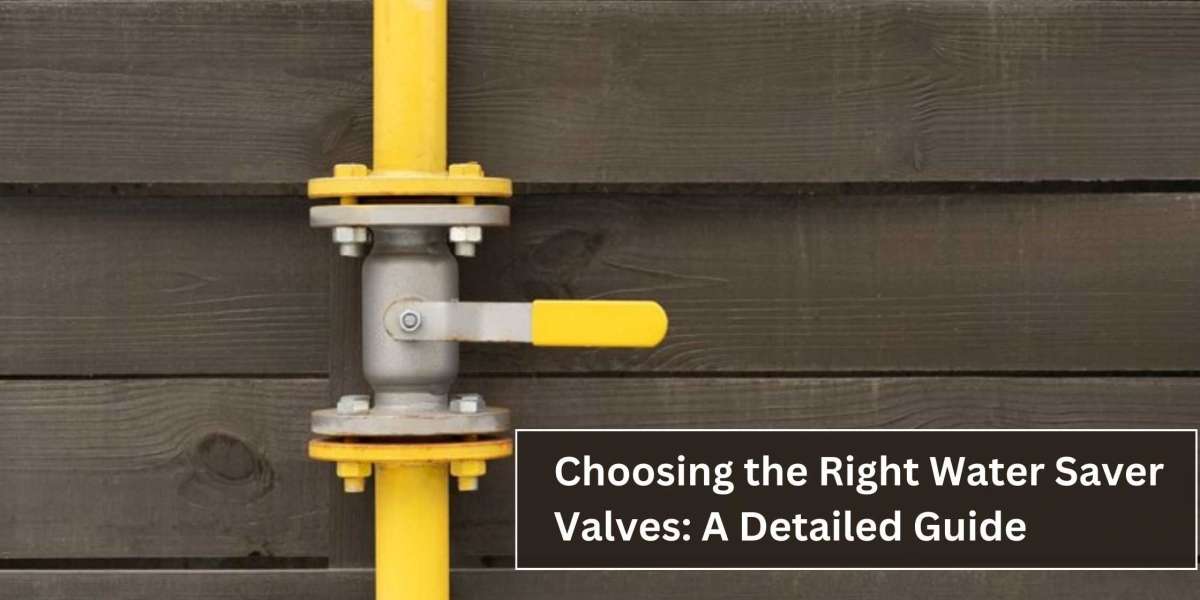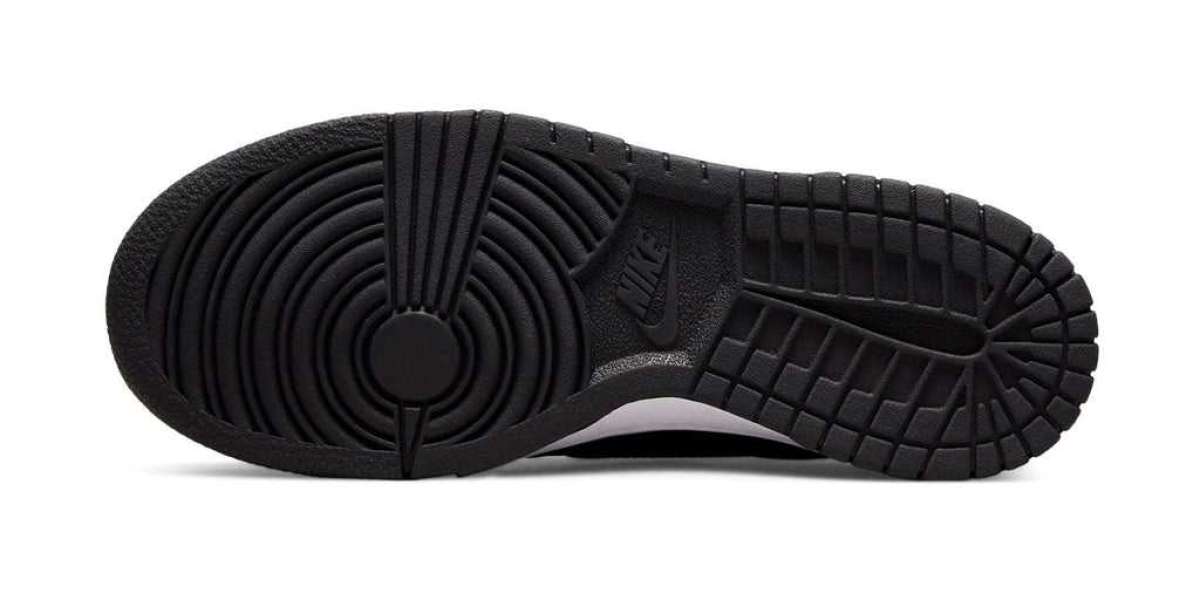In today's environmentally conscious world, the importance of water saver valves cannot be overstated. These valves are crucial in conserving one of our most precious resources while offering practical benefits for various applications. Whether you want to reduce water usage in industrial processes or save money on utility bills, selecting suitable water-saver valves is essential. This comprehensive guide will explore everything you need to know about these valves, including their functions, types, and critical considerations for choosing the best ones for your needs.
Understanding Water Saver Valves
Water-saver valves are devices designed to control water flow in plumbing systems, effectively reducing water consumption without compromising performance. They are commonly used in residential, commercial, and industrial settings to minimize waste and promote sustainability. By regulating water flow, water-saving valves help prevent leaks, reduce water usage during periods of low demand, and ensure the efficient operation of plumbing systems.
Types of Water Saver Valves
Several water-saver valves are unrestricted on the market, each designed for precise applications and environments. Some of the most common types include:
1. Pressure-Reducing Valves (PRVs):
These valves reduce water pressure entering a plumbing system, helping prevent leaks and conserve water.
2. Flow Control Valves:
Flow control valves regulate the rate at which water flows through a system, allowing for precise control over water usage.
3. Solenoid Valves:
Solenoid valves are electronically controlled valves that open and close in response to electrical signals, making them ideal for automated water-saving systems.
4. Check Valves:
Check valves prevent reverse flow in a plumbing system, ensuring water flows in the intended direction and minimizing waste.
Critical Considerations for Choosing Water Saver Valves
When selecting water-saver valves for your specific application, there are several factors to consider:
Water Pressure:
Consider the water pressure requirements of your plumbing system and choose water-saver valves that can effectively regulate pressure to prevent leaks and minimize waste.
Flow Rate:
Determine the expected flow rate for your system and select valves that can accurately control water flow to meet your needs without excessive consumption.
Material:
Choose water-saver valves made from durable materials such as nerve or stainless steel to ensure longevity and resistance to corrosion.
Compatibility:
Ensure that your water-saver valves are consistent with your existing plumbing system and any other components or equipment they will use.
Introducing the Water Power Welder
In addition to traditional water-saving valves, another innovative product worth considering is the Water Power Welder. This cutting-edge device combines the benefits of water-saver valves with welding equipment, offering a unique solution for water conservation in welding applications.
The Water Power Welder utilizes advanced water-saver valves to regulate water flow to the welding torch, allowing for precise control over the cooling and shielding of the weld. By optimizing water usage during welding, the Water Power Welder helps reduce waste and improve efficiency, ultimately saving both water and money.
Advantages of the Water Power Welder
Improved Efficiency:
By providing precise control over water flow, the Water Power Welder enhances the efficiency and quality of welding operations, resulting in better outcomes and reduced rework.
Cost Savings:
By conserving water and minimizing waste, the Water Power Welder helps lower welding businesses' operating costs, making it a cost-effective investment in the long run.
Environmental Benefits:
By reducing water consumption and underestimating ecological impact, the Water Power Welder contributes to sustainability efforts and helps protect precious water resources for future generations.
Conclusion
In conclusion, water-saver valves are essential for plumbing systems, helping conserve water, prevent leaks, and promote sustainability. By selecting suitable water-saver valves for your needs and considering innovative solutions such as the Water Power Welder, you can improve efficiency, reduce waste, and contribute to a more bearable future. Whether you're looking to upgrade your plumbing system or enhance welding operations, investing in water-saver valves is an intelligent decision that benefits your bottom line and the environment. Choose wisely, and make a positive impact today.
Read More: Exploring Different Approaches to Monitor Coolant Flow
FAQs About Water Saver Valves and the Water Power Welder
1. What are the primary advantages of using water-saver valves?
Water-saver valves help reduce water consumption, prevent leaks, and promote sustainability in plumbing systems.
2. How do pressure-reducing valves work?
Pressure-reducing valves regulate water pressure entering a plumbing system, ensuring consistent and safe operation.
3. Can water-saver valves be used in industrial applications?
In industrial settings, water-saver valves minimize water usage and improve efficiency.
4. What makes the Water Power Welder unique?
The Water Power Welder combines the benefits of water-saver valves with welding equipment, offering a comprehensive solution for water conservation in welding applications.
5. How does the Water Power Welder improve welding efficiency?
By providing precise management over water flow, the Water Power Welder enhances the efficiency and quality of welding operations, resulting in better outcomes and reduced rework.
6. Are water-saver valves suitable for residential use?
Water-saver valves are commonly used in residential plumbing systems to reduce water consumption and lower utility bills.
7. Can water-saver valves help prevent leaks in plumbing systems?
Water-saver valves help regulate water pressure and flow, reducing the risk of leaks and moisture damage.
8. What factors should I consider when selecting water-saver valves?
When selecting water-saving valves, consider factors such as water pressure, flow rate, material, and compatibility with your plumbing system.
9. Are there different types of water-saver valves available?
Several types of water-saver valves are available, including pressure-reducing valves, flow control valves, solenoid valves, and check valves.
10. How do I know which water-saver valves suit my needs?
Consider your specific application requirements, such as water pressure, flow rate, and compatibility, and choose water-saver valves that best meet those needs.








